The present work is not intended to be an exhaustive study of Sangitaratnakara. It was envisaged as an inquiry into one part of that treatise, namely, the delineation of Gita in it. However, in my attempt to define the field of study, I have had to get a picture of the entire work. Sangitaratnakara, my study revealed, has been conceived as a treatise on Sangita. The term ‘Sangita’ as defined by its author, Sarngadeva, comprehends Gita, Vadya and Nrtta. My enquiry into the nature of sangita led me to the conclusion that singita signified a performance in which gita, vadya and nrtta were combined. While performances of this nature which are described by Bharata in the Natyasastra are termed Marga by ourauthor, the performances which did not conform to such strict rules and which catered to the tastes of people of different lands are termed Desi. And from Sarangadeva’s treatment of the three elements of this sangita, it becomes clear that he wished to confine himself to the delineation of desi. On this subject, Sangitaratnakara is a very important treatise, for there are very few works available from the period earlier to the writing of this treatise which describe desi. Brhaddesi, in which all the three aspects of desi appear to have been dealt with, is not available in its complete form. From two other works, Somesvara’s Manasollasa, and Nanyadeva’s Bharatabhasya (Sarasvatihrdayalankarahara), some information can be gathered about desi. But Sangitaratnakara is the only available work in which the unified nature of sangita is clearly perceptible. Sangita appears to have been a performance dominated by gita. Theword gita can beroughly translated as melodic music. Sarngadeva emphasizes the primacyof gita both inj sangita and in the scheme of his work. In the very first verse of the work he salutes gita and eulogises it. And while vadyaand nrtta interest him onlyas elements of sangita, he concerns himself with the entire field of gita, and not merely the gita component of sangita.
Musical Forms in Sangitaratnakara
In stock
Free & Quick Delivery Worldwide
Bibliographic information
Title
Musical Forms in Sangitaratnakara
Author
Edition
1st ed.
Publisher
Length
xvi+547p.; Tables; Bibliography; Index; 25cm.
Subjects

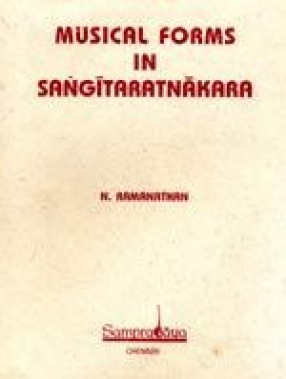

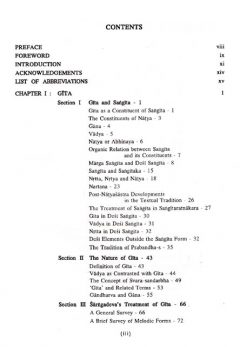
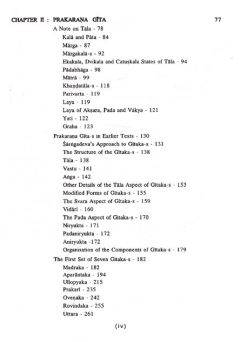
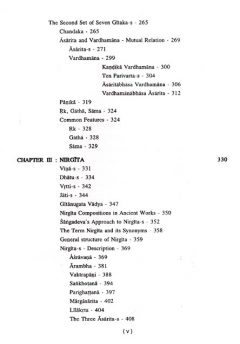
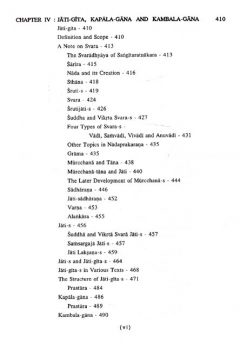

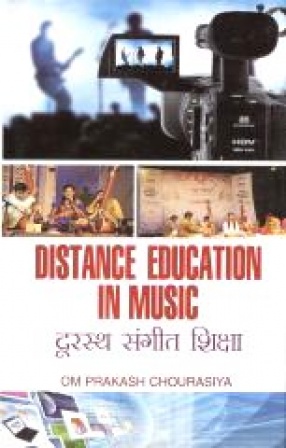

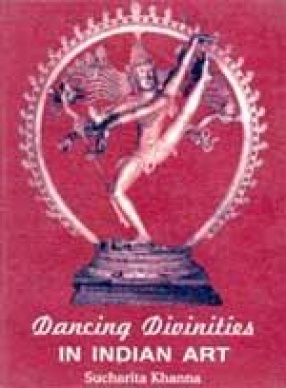
There are no reviews yet.